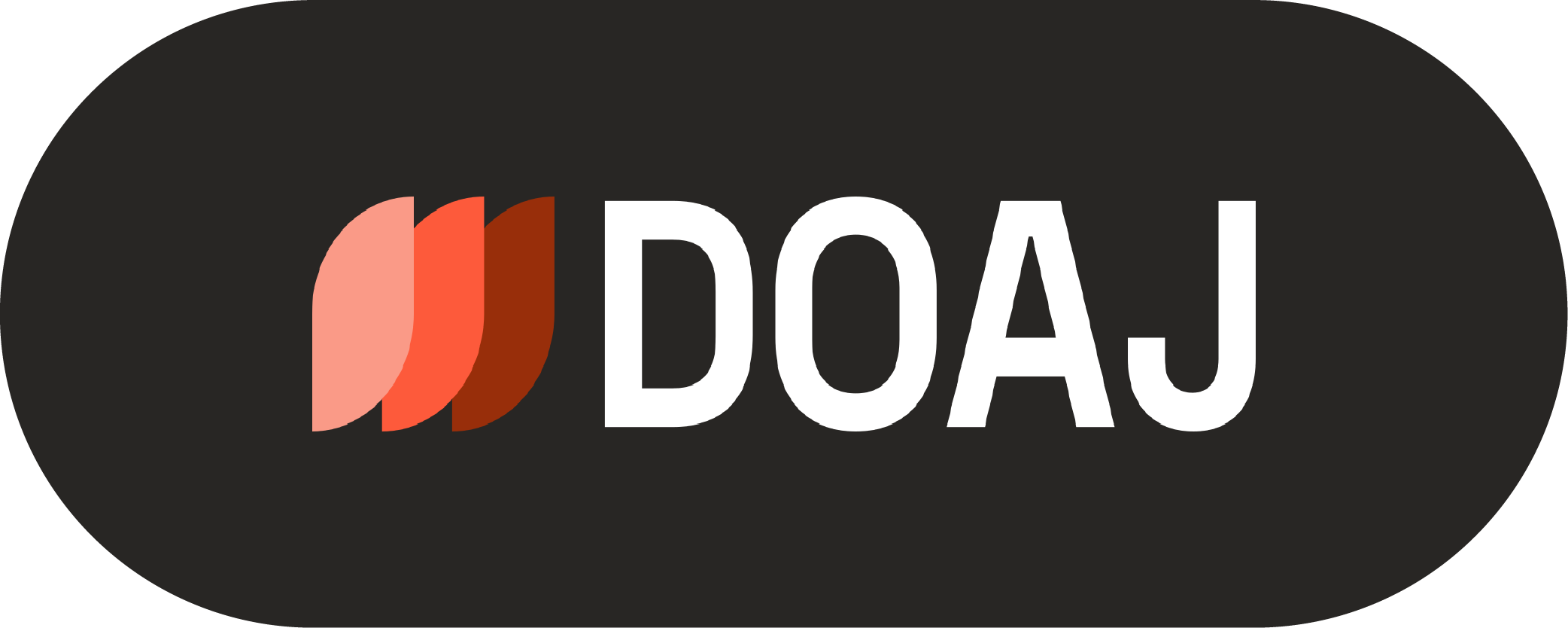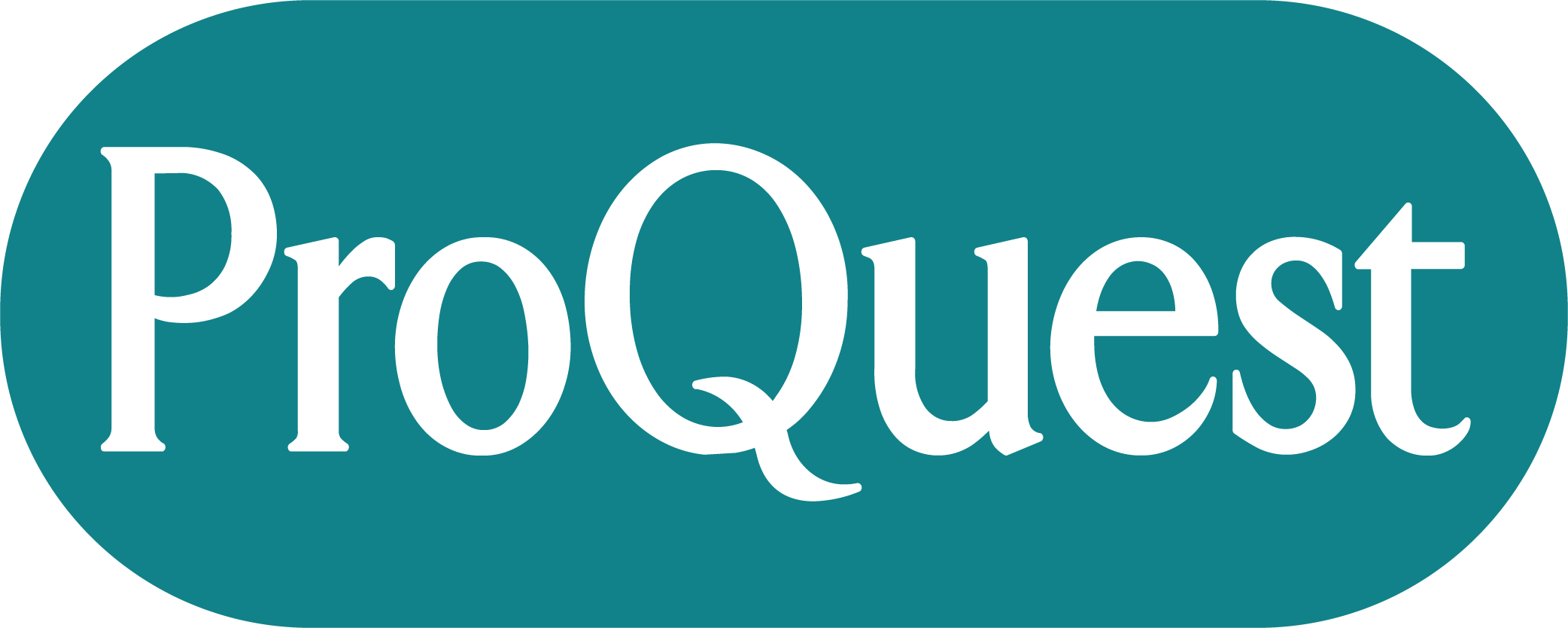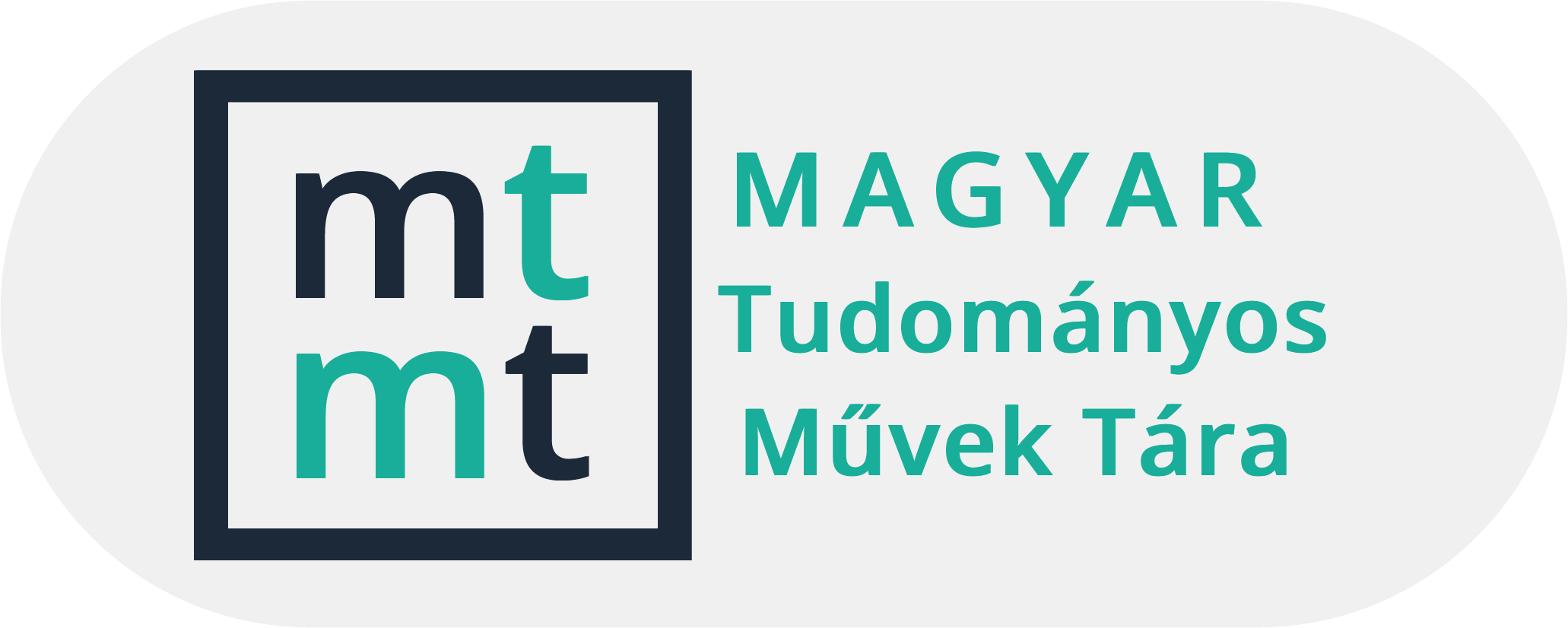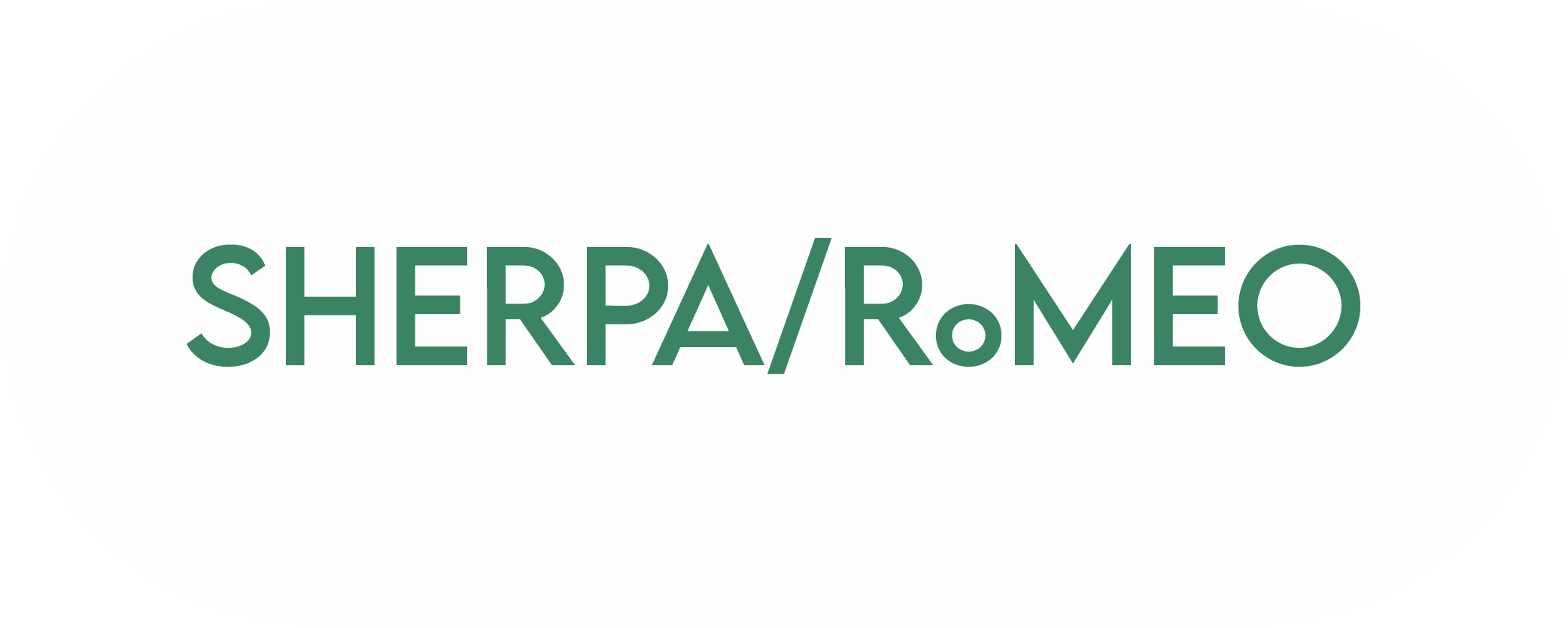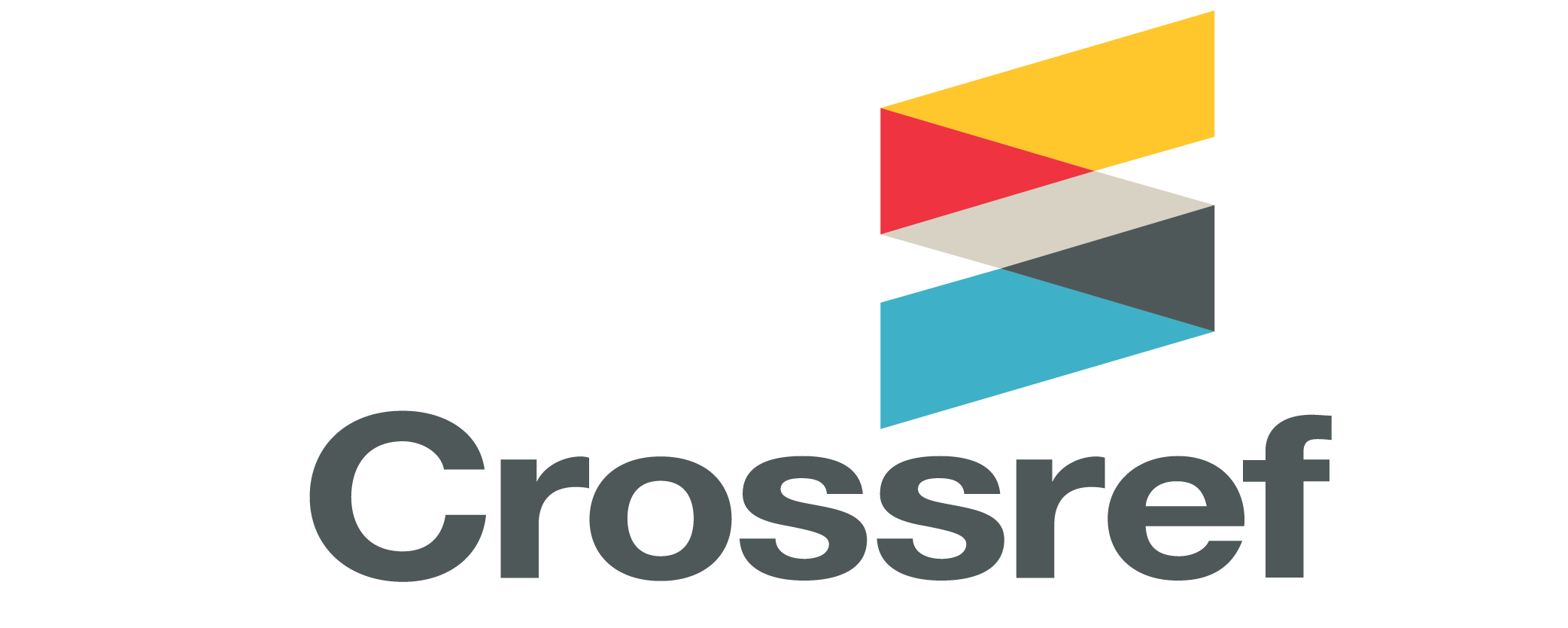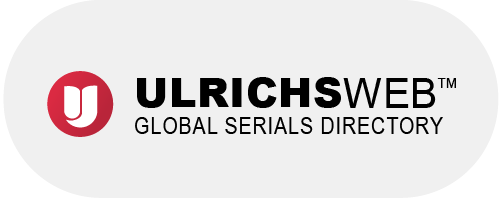Search
Search Results
-
A role of geometry in the frame of competencies attainment
41-55Views:111We discuss aspects of the Education Reform from teaching to educational system. In this context we recognize some problems in recognition of some competencies that students need to achieve and we present how we have developed the measurement method of spatial abilities and problem solving competence. Especially, we investigate how students use spatial visualization abilities in solving various problems in other mathematical course. We have tested how students use their spatial abilities previously developed in geometry courses based on conceptual approach to solve a test based on procedural concept in Mathematical Analysis course. -
The background of students' performance
295-305Views:96The question to which we were seeking was: how can we reveal the students' strategies and mental process by following their work precisely and by finding out what correlation these have with their efficiency. Our aim was to understand the factors behind of students' achievement. We tried to follow up the process of problem solving by looking at the number of wrong turnings. -
Ein ungewöhnlicher Weg zu Jakob Steiners Umellipse eines Dreiecks und zur Steiner–Hypozykloide
49-65Views:65In real projective geometry of triangles two problems of collinear points are discussed. The problems differ only from the running through the vertices of a given triangle ABC. Resolving the problems we find two cubic curves kS and kT . Affine specialization leads to the circumscribed Steiner ellipse about the triangle ABC and shows us this ellipse in more general surroundings. Euclidean specialization leads to Steiners three-cusped hypocycloid. -
Apollonea.com project: integrating geometry and collaboration in education
183-194Views:19This article presents the Apollonea.com project, which aims to make the solutions to Apollonius’ problems accessible to students and teachers through modern technology. The web platform contains more than 150 interactive constructions created by students using GeoGebra, allowing for dynamic manipulation and visualization of solutions to various variants of Apollonius’ problems. The project combines classical geometric problems with an interdisciplinary approach, teamwork, and the use of modern technology. The article describes the process of developing the Apollonea.com website, the use of GeoGebra in the project, the structure and functions of the website, and its educational benefits in enhancing students’ geometric skills. The project demonstrates how traditional mathematics education can be connected with modern ICT tools.
Subject Classification: 97U50, 97G40, 51M04, 68U05
-
Classical theorems on hyperbolic triangles from a projective point of view
175-181Views:118Using the Cayley-Klein model of hyperbolic geometry and the tools of projective geometry, we present elementary proofs for the hyperbolic versions of some classical theorems on triangles. We show, in particular, that hyperbolic triangles have no Euler line. -
GeoGebra in mathematics teaching
101-110Views:139GeoGebra is a dynamic mathematics software which combines dynamic geometry and computer algebra systems into an easy-to-use package. Its marvel lies in the fact that it offers both the geometrical and algebraic representation of each mathematical object (points, lines etc.). The present article gives a sample of the potential uses of GeoGebra for mathematics teaching in secondary schools. -
Development of high school students' geometric thinking with particular emphasis on mathematically talented students
93-110Views:121We carried out research using Zalman Usiskin's test (1982) and also a modified version of his test to see how the geometric approach of secondary school students (Grades 8-10) specialized in mathematics had changed. We observed two groups of students for several years. Our aim was to find a relation between the change of the mean of the van Hiele level of the students and the structure of the geometry syllabus. We also observed if there was a change in the geometric approach of the students during the summer holidays and if so, in what way it changed. -
Balanced areas in quadrilaterals - Anne's Theorem and its unknown origin
93-103Views:195There are elegant and short ways to prove Anne's Theorem using analytical geometry. We found also geometrical proofs for one direction of the theorem. We do not know, how Anne came to his theorem and how he proved it (probably not analytically), it would be interesting to know. We give a geometric proof (both directions), mention some possibilities – in more details described in another paper – for using this topic in teaching situations, and mention some phenomena and theorems closely related to Anne's Theorem.
Subject Classification: G10, G30
-
Report on the First Central- and Eastern European Conference on Computer Algebra- and Dynamic Geometry Systems in Mathematics Education, 20-23 June, 2007, Pécs, Hungary
409-413Views:106The Department of Mathematics of the University of Pécs, Pollack Mihály Engineering Faculty organized in the year 2007 a conference on the role of CAS and DGS in the Mathematics education. We discuss the conference's activities. -
Examples of analogies and generalizations in synthetic geometry
19-39Views:87Teaching tools and different methods of generalizations and analogies are often used at different levels of education. Starting with primary grades, the students can be guided through simple aspects of collateral development of their studies. In middle school, high school and especially in entry-level courses in higher education, the extension of logical tools are possible and indicated.
In this article, the authors present an example of generalization and then of building the analogy in 3-D space for a given synthetic geometric problem in 2-D.
The idea can be followed, extended and developed further by teachers and students as well. -
Experimentieren um einen Satz zu finden - vollständig separierbare Mosaike auf der Kugel und ihre Anwendungen
297-319Views:81This paper reports a case-study which took place within the project named "Inner differentiation and individualization by creating prototypes and analogies under consideration of motivational constraints (taking into account computer-based teaching and learning)" as a part of a pre-service teacher training at the University of Salzburg (Herber, H.-J. & Vásárhelyi, É.).
The goal of the experiment was to help students to learn the fundamental concepts and basic constructions of spherical geometry using the Lénárt Sphere (a transparent plastic ball with construction-tools) and some self-made interactive worksheets with the Windows version of the dynamical geometry software Cabri. -
Teaching of old historical mathematics problems with ICT tools
13-24Views:149The aim of this study is to examine how teachers can use ICT (information and communications technology) tools and the method of blended learning to teach mathematical problem solving. The new Hungarian mathematics curriculum (NAT) emphasizes the role of history of science, therefore we chose a topic from the history of mathematics, from the geometry of triangles: Viviani's Theorem and its problem field. We carried out our teaching experiments at a secondary school with 14-year-old students. Students investigated open geometrical problems with the help of a dynamic geometric software (GeoGebra). Their research work was similar to the historical way. -
Typical mistakes in Mental Cutting Test and their consequences in gender differences
385-392Views:137Spatial ability of first year university students is measured and evaluated in this paper. We used standard Mental Cutting Test (MCT), where a body is given by perspective view and correct cross section has to be chosen. While gender differences in MCT are reported by several papers including our earlier results, much less known are the reasons of these differences. Here we show that typical mistakes (answers to problems which are close to be correct) can be one of the possible reasons, since female students made typical mistakes in some cases more frequently than males. -
Analysis of a problem in plane geometry discussed in an 11th grade group study session
181-193Views:93The main aim of this paper is to show those strategies and proof methods we try to teach in secondary maths education through an interesting geometric problem: Find a relation for the sides of a triangle where an angle is the double of another angle. Is the converse also true? Is it possible to generalize the problem? We try to answer these questions while discussing the upcoming difficulties in detail and presenting more possible solutions. Hopefully the paper can be successfully used in study group sessions and problem solving seminars in secondary schools. -
Eine geometrische Interpretation der Ausgleichsrechnung
159-173Views:86Using real examples of applied mathematics in upper secondary school one has do deal with inaccurate measures. This will lead to over constrained systems of linear equations. This paper shows an instructive approach which uses methods of descriptive and computer aided geometry to get a deeper insight into the area of calculus of observations. Using a qualified interpretation one can solve problems of calculus of observations with elementary construction techniques of descriptive geometry, independent of the norm one uses. -
Report on "The Computer Algebra and Dynamical Geometry Systems, as the catalysts of the Mathematics education": Conference, 6-7 June, 2003, Pécs, Hungary
259-269Views:63The Department of Mathematics of the University of Pécs, Pollack Mihály Engineering Faculty organized in the year 2003 a conference on the role of CAS and DGS in the Mathematics education. We discuss – based on the authors' abstracts – the conference's activities. -
Über ähnliche Aufsatzdreiecke einer Strecke
337-348Views:127In this article we investigate (with methods of school geometry) a figure (PQ,ABC) consisting of three given similar triangles PQA, PQB, PQC with side PQ in common (Figure 1). We combine other triangles with this figure such as triangle ABC which is proved to be similar to the given triangles. The incircles of three additional triangles adjacent to triangle ABC will be determined. -
Forming the concept of congruence I.
181-192Views:102Teaching isometries of the plane plays a major role in the formation of the congruence-concept in the Hungarian curricula.
In the present paper I investigate the way the isometries of the plane are traditionally introduced in most of the textbooks, especially the influence of the representations on the congruence concept, created in the teaching process.
I am going to publish a second part on this topic about a non-traditional approach (Forming the concept of congruence II). The main idea is to introduce the isometries of the two dimensional plane with the help of concrete, enactive experiences in the three dimensional space, using transparent paper as a legitimate enactive tool for building the concept of geometric motion. I will show that this is both in strict analogy with the axioms of 3-dimensional motion and at the same time close to the children's intuitive concept of congruence. -
Straight line or line segment? Students’ concepts and their thought processes
327-336Views:205The article focuses on students’ understanding of the concept of a straight line. Attention is paid to whether students of various ages work with only part of a straight line shown or if they are aware that it can be extended. The presented results were obtained by a qualitative analysis of tests given to nearly 1,500 Czech students. The paper introduces the statistics of students’ solutions, and discusses the students’ thought processes. The results show that most of the tested students, even after completing upper secondary school, are not aware that a straight line can be extended. Finally, we present some recommendations for fostering the appropriate concept of a straight line in mathematics teaching.
Subject Classification: 97C30, 97D70, 97G40
-
Learning and teaching combinatorics with Sage
389-398Views:127Learning Mathematics is not an easy task, since this subject works with especially abstract concepts and sophisticated deductions. Many students lose their interest in the subject due to lack of success. Computer algebra systems (CAS) provide new ways of learning and teaching Mathematics. Numerous teachers use them to demonstrate concepts, deductions and algorithms and to make learning process more interesting especially in higher education. It is an even more efficient way to improve the learning process, if students can use the system themselves, which helps them to practice the curriculum.
Sage is a free, open-source math software system that supports research and teaching algebra, analysis, geometry, number theory, cryptography, numerical computation, and related areas. I have been using it for several years to aid the instruction of Discrete Mathematics at Óbuda University. In this article I show some examples how representations provided by this system can help in teaching combinatorics. -
Besondere Punkte der Euler-Geraden
145-157Views:78In the following article the concepts "Euler line of a triangle" and "radical centre of three circles" are connected. In this way we could find some relations between special points of a triangle (orthocentre H, centre of gravity S, circumcentreM, midpoint F of the nine-point circle) and the radical centres of special triples of circles. -
Zur Visualisierung des Satzes von Pythagoras
217-228Views:67In this article we make a study of a not-classical visualization of the theorem of Pythagoras using methods of elementary school geometry. We find collinear points, copoint straight lines and congruent pairs of parallelograms. The configuration of their midpoints induces a six-midpoint and a four-midpoint theorem. -
Beweise von Sätzen mit Hilfe der Modelle der hyperbolischen Geometrie
159-167Views:65We give simple proofs for some problems of elemental hyperbolic geometry using the Poincare's half-sphere model. Our method is that a point of a figure is transformed to a special point of the model. -
Smartphones and QR-codes in education - a QR-code learning path for Boolean operations
111-120Views:102During the last few years new technologies have become more and more an integrative part of everyday life. The increase of the possession rate of smartphones by young people is especially impressive. This fact asks us educators to think about a didactically and pedagogically well designed integration of smartphones into our lessons and to bring in ideas and concepts. This paper describes a specific learning path where learners can work step by step on the topic Boolean Operations with QR-Code scanners which have been installed on their smartphones. Student teachers for mathematics who completed the learning path took part in a survey where they were asked questions about their willingness to integrate smartphones into their lessons. The results of the survey are presented in the second part of the paper. -
Report of meeting Researches in Didactics of Mathematics and Computer Sciences: January 28 – January 30, 2011, Satu Mare, Romania
159-179Views:106The meeting Researches in Didactics of Mathematics and Computer Science was held in Satu-Mare, Romania from the 28th to the 30th of January, 2011. The 46 Hungarian participants – including 34 lecturers and 12 PhD students – came from 3 countries, 14 cities and represented 20 institutions of higher education. The abstract of the talks and the posters and also the list of participants are presented in this report.
